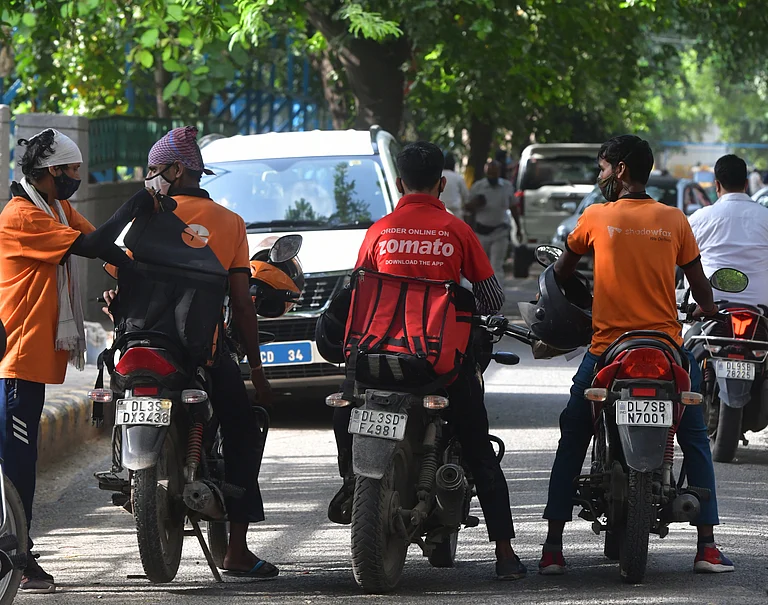Wendy's is gearing up to experiment with a “Uber-style” surge-pricing model, whereby the prices of menu items will fluctuate throughout the day depending on demand. This means that the price of a Dave's burger may be higher during peak lunch or dinner hours.
The fast-food chain's less-than-enticing strategy, slated for a high-stakes trial next year, aims to extract additional funds from Americans already grappling with inflation who may be lacking the ability to dine during “off-peak” hours.
Wendy's CEO Kirk Tanner revealed the new system during an investor call, stating that the Ohio-headquartered company plans to allocate $20 million toward high-tech menu boards capable of adjusting prices instantly, thereby avoiding additional overhead expenses.
Tanner, who assumed the chief role earlier this month, remarked, “As we continue to show the benefit of this technology in our company-operated restaurants, franchisee interest in digital menu boards should increase further supporting sales and profit growth across the system.”

Tanner did not specify a maximum limit for potential increases in meal costs under the dynamic pricing model, nor did he address whether the base price would decrease during less busy periods.
Representatives for Wendy's declined to disclose the extent of potential price fluctuations.
Wendy's has 6,000 locations nationwide.
A Wendy's spokesperson told The New York Post, “Dynamic pricing can allow Wendy’s to be competitive and flexible with pricing, motivate customers to visit and provide them with the food they love at a great value.”
“We will test a number of features that we think will provide an enhanced customer and crew experience.”
Prices for items such as the iconic Dave's Single already vary by location. For example, a Dave's Single is priced at $5.99 in Newark, NJ, but the same quarter-pound burger costs $8.19 at a Wendy's in Times Square.
“Guess people better change their lunch hours from 2pm to 4pm. With all of the concern of rising prices, the last thing you want to have to consider is how much will it cost you for a burger and fries depending on the time of day,” Ted Jenkin, CEO of Atlanta-based wealth management firm oXYGen Financial, stated to The Post.
“This isn’t any better than what we see going on with guilt tipping right now. It will prey on the fact that people can’t remember what the price was yesterday or the week before. It isn’t a Taylor Swift concert, it’s a burger, fries, and a Frosty.”

Industry experts cautioned that Wendy's could face pushback when implementing fluctuating prices on hungry diners.
According to restaurant analyst Mark Kalinowski, "There are people who view dynamic pricing as a rip-off." Additionally, restaurant consultant Arlene Spiegel remarked, “It won’t fly and guests will be very upset. You can’t surprise a guest with, ‘Your meal will cost another 50 cents or $1 today.’”
Data from the consumer transparency platform PriceListo indicates that Wendy's became the priciest fast-food chain in the US following a 35% increase in menu costs due to inflation between 2022 and 2023.
Franchise owners argue that dynamic pricing aims to aid in scheduling and alleviate pressure on kitchen staff during peak hours, rather than solely focusing on profit maximization.
Faizan Khan, a Dog Haus franchise owner, expressed during the recent Restaurant Finance and Development Conference, as reported by Food & Wine, “I think there’s a lot of room for consumers in terms of price amounts they’re going to accept. Generationally, I think we’re seeing this being acceptable.”
The restaurant industry has long discussed dynamic pricing, inspired by the successes seen in the airline, hotel, and transportation sectors. Experts believe that competitors such as McDonald's and Burger King will closely monitor Wendy's experiment.
“I think it’s just a matter of time before it becomes commonplace in the restaurant industry because it’s a way to generate more profits by being smarter about your pricing,” conceded Kalinowski.






























